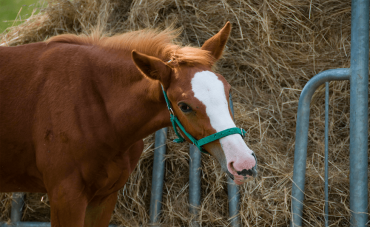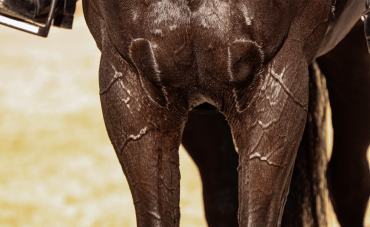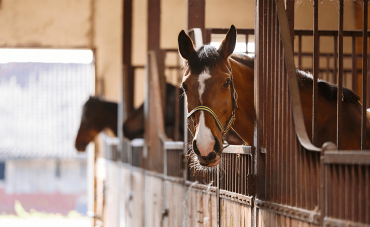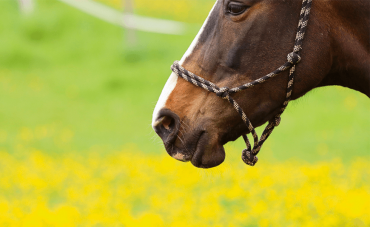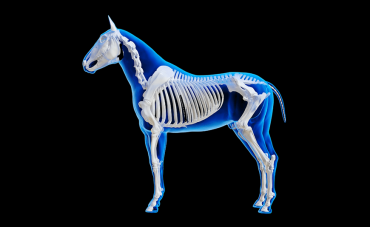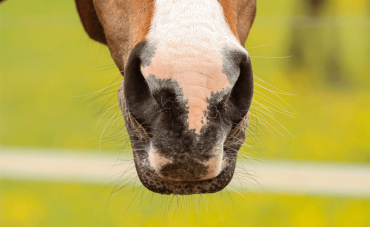What is Lyme disease?
Lyme disease is a vector-borne disease, which means that the causative agent is transferred to the patient via another creature. This disease is caused by a bacterium: Borrelia burgdorferi. This is why it is also called Lyme borreliosis. In the case of Lyme disease, the vector is a tick. The tick itself does not get sick, but it transmits the disease when biting the horse to suck on his blood.
Of all the vector-borne diseases, Lyme disease is one of the most common in humans. It is also common between humans and horses. Horses cannot transmit Lyme disease directly to humans, but a tick on a horse could transmit it to you. The frequency of Lyme disease, and therefore its likelihood, varies between geographic regions and between seasons. Ticks are most active in the late spring and summer months, although their presence is highly influenced by weather conditions from year to year. Lyme disease is rare during winter, especially in climates with colder winters, which makes the ticks inactive.
How to recognize Lyme disease?
Once the bacteria has entered your horse's body, it usually spreads through the blood or lymphatic fluid. The typical rash seen in humans may or may not occur in horses, but are hardly recognizable.
The disease can affect multiple body parts, so the symptoms can vary widely. Horses affected by Lyme disease may encounter the following symptoms: a low-grade fever, weight loss, sporadic lameness, swollen joints, muscle sensitivity, eye problems and neurological problems, but each of the symptoms can be quite vague and also indicate many other causes besides Lyme disease. In some other cases, the disease is expressed only through intense fatigue and decreased performance.
How do I know if my horse has Lyme disease?
Testing for Lyme disease is difficult. Blood tests do not always give a clear answer. There are several types of tests.
Serological tests aimed at looking for specific antibodies against the bacteria, which means that the body has encountered the bacteria. Molecular biological tests aimed at looking directly for the presence of the bacteria in the blood, its DNA. Your vet will advise you.
How to treat and prevent Lyme disease?
The element causing the disease is a bacteria. The treatment consists in administrating antibiotics. It is typically a long treatment because the bacteria is difficult to eliminate.
Unfortunately, there is no vaccine available to prevent Lyme disease in horses. The best way to reduce the risk of catching the bacteria is to reduce the chances of a tick sticking on your horse, by trying clear out the surroundings from ticks. This means clearing the wooded areas around your horse's pasture and keeping the grass short, making the area less attractive to ticks. Walking in wooded areas that are infested with ticks should be avoided during the summer months. But the most practical thing to do is to use tick repellents on the head, neck, limbs, and under the tail while riding or when the horse is in the pasture. Daily grooming allows for a thorough check of the areas where ticks attach so that they can be removed as soon as possible.


